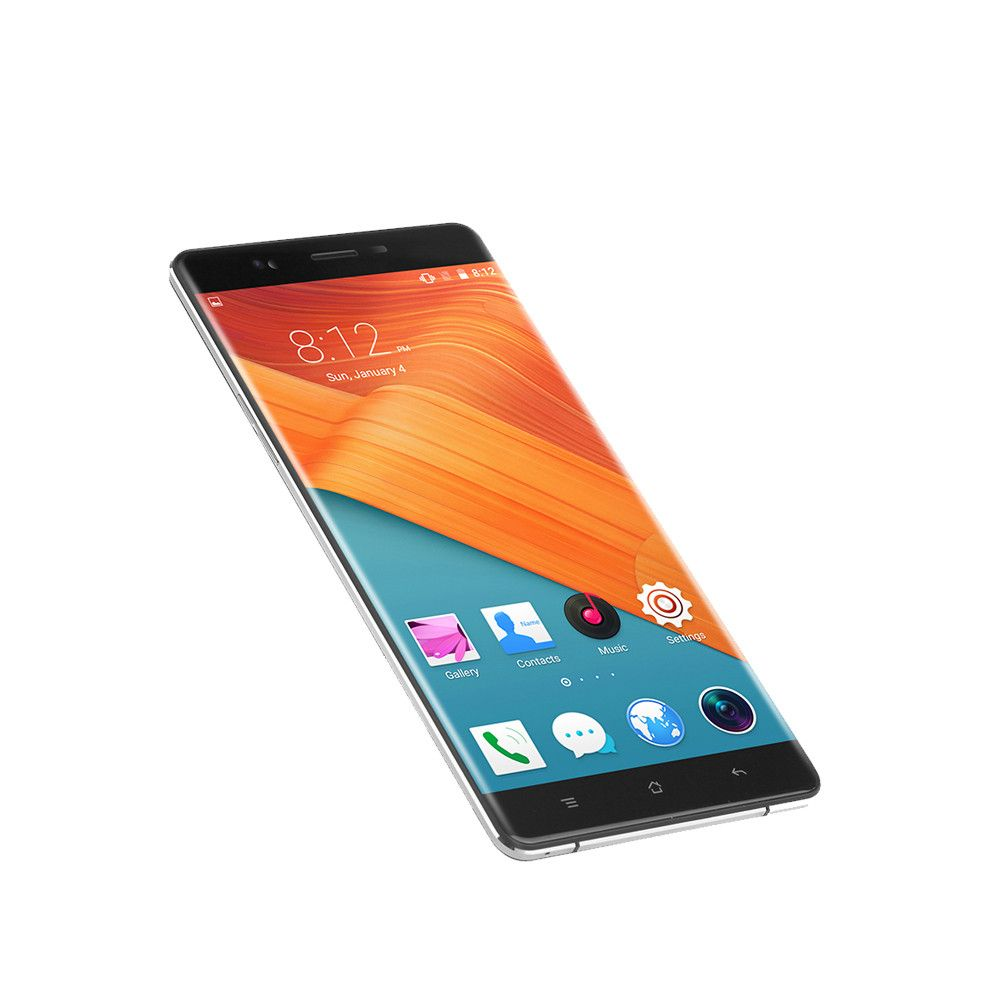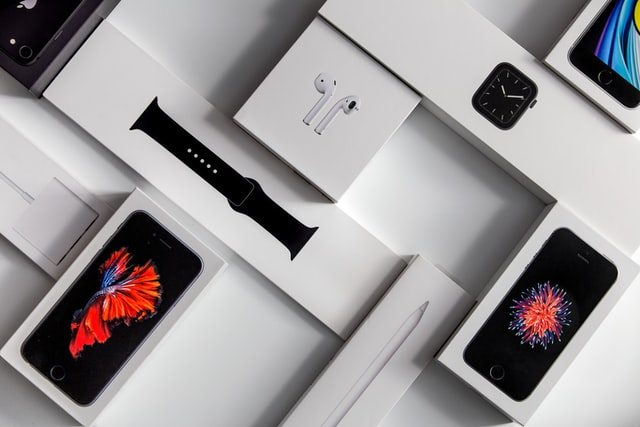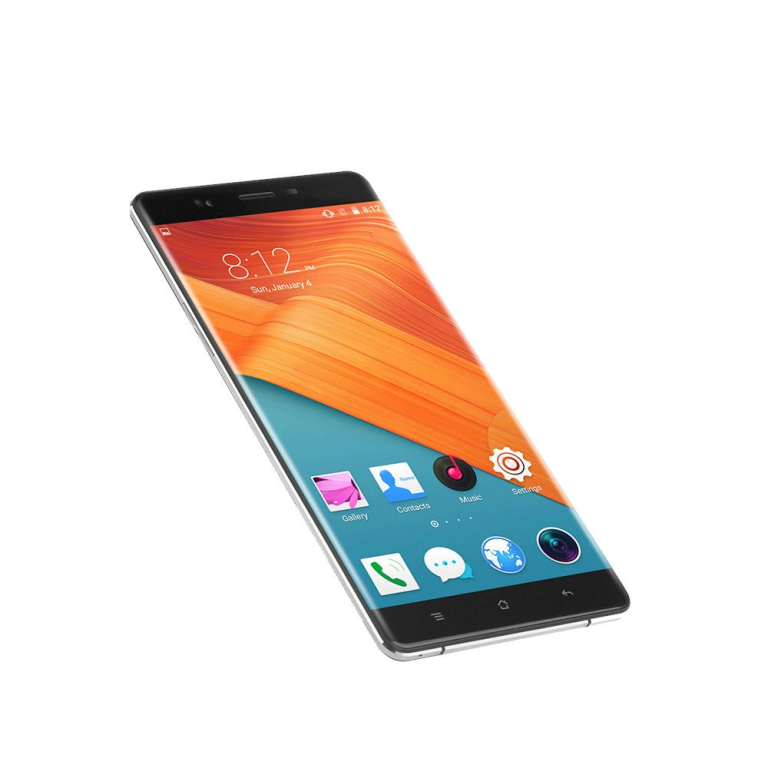
Thin Android smartphones are redefining what we expect from mobile technology in 2022. As manufacturers innovate, devices like the Huawei Ascend P1 S and Fujitsu Arrows F07D have grabbed headlines for their remarkably slim profiles. Following the iconic Motorola Droid RAZR, which was celebrated as the thinnest smartphone back in 2011, this trend continues to captivate consumers. The competition to deliver the sleekest designs in slim smartphones has never been fiercer. With each new release, the anticipation builds, as users seek the perfect blend of style and functionality in their mobile devices.
The evolution of ultra-slim devices showcases a shift in the smartphone landscape, where consumers are increasingly drawn to lightweight and elegant designs. Known as slim smartphones, these cutting-edge devices combine advanced technology with a sleek aesthetic, capturing the attention of tech enthusiasts. As we witness various models emerging, the emphasis on creating the thinnest smartphone becomes a significant marketing angle. From the engineering marvels that the Motorola Droid RAZR set in motion to the latest contenders like the Huawei Ascend P1 S and Fujitsu Arrows F07D, the race for the ultimate thin profile continues. This surge in demand reflects not only a desire for stylish devices but also for practical features that enhance our mobile experience.
The Race for the Thinnest Smartphone in 2012
In 2012, the smartphone industry witnessed an exciting competition as manufacturers strived to create the thinnest Android smartphones. Notable contenders such as the Motorola Droid RAZR set the bar high with its sleek design, leading to claims from various brands about their own models’ ultra-slim profiles. With an increasing consumer demand for not just functionality but also aesthetics, this trend of thin designs became a significant focus for smartphone developers.
The unveiling of the Huawei Ascend P1 S and Fujitsu Arrows F07D at the International Consumer Electronics Show showcased how the quest for minimalism was reshaping device design. Each smartphone boasted impressive specifications while maintaining an ultra-slim figure, highlighting the delicate balance between form and technology. As we examine these developments, it’s evident that the competition for the thinnest smartphone opened the door for innovations that prioritize usability without compromising on style.
Features of Ultra Thin Smartphones
Thin Android smartphones like the Motorola Droid RAZR not only focus on being lightweight but also incorporate advanced technology to enhance user experience. The RAZR was lauded for its durability despite its slender profile, featuring Kevlar and Gorilla Glass materials that provide better protection. Similarly, the Huawei Ascend P1 S exemplifies how manufacturers are innovating with premium materials to ensure that an ultra-slim design does not equate to fragility.
Beyond the aesthetics, these slim devices come equipped with powerful processors, high-resolution displays, and impressive battery lives that challenge the notion that thinner means less capable. Fujitsu’s Arrows F07D also blended style and substance by offering features like water resistance and high-performance cameras designed to cater to tech-savvy consumers. Thus, the movement toward thin Android smartphones reflects not only a design trend but also a shift towards more versatile and capable devices.
Frequently Asked Questions
What are the thinnest Android smartphones of 2012?
In 2012, the competition for the thinnest Android smartphones featured models like the Motorola Droid RAZR, Huawei Ascend P1 S, and Fujitsu Arrows F07D, each claiming to be the slimmest device available.
How does the Motorola Droid RAZR compare to other slim smartphones?
The Motorola Droid RAZR, released in late 2011, set the standard for thin Android smartphones with its sleek design, prompting companies like Huawei and Fujitsu to release their own thin models in 2012.
What is the significance of the Huawei Ascend P1 S in the thin smartphone market?
The Huawei Ascend P1 S, launched at CES 2012, positions itself as one of the thinnest smartphones alongside the Motorola Droid RAZR, showcasing advanced technology in a slim profile for consumers seeking lightweight devices.
What features does the Fujitsu Arrows F07D offer in its thin design?
The Fujitsu Arrows F07D, part of the thin Android smartphones released in 2012, combines a compact design with powerful features, appealing to users who want both aesthetic and performance in a slim device.
Are thin Android smartphones like the Motorola Droid RAZR durable?
While thin Android smartphones like the Motorola Droid RAZR are designed for elegance and portability, their durability can be a concern; manufacturers often incorporate materials that balance slimness with strength.
Can I find a good battery life in thin smartphones like the Huawei Ascend P1 S?
Many users worry about battery life in thin smartphones such as the Huawei Ascend P1 S. However, manufacturers are increasingly optimizing battery technology to enhance usage time without sacrificing the slim design.
What should I consider before purchasing the thinnest smartphone?
When choosing the thinnest smartphone, consider key factors like battery life, durability, performance specifications, and whether the slim design meets your daily usage needs.
| Smartphone Model | Claim to Fame | Company |
|---|---|---|
| Motorola Droid RAZR | Claimed as the thinnest smartphone available | Motorola Mobility |
| Huawei Ascend P1 S | Claims to be the thinnest smartphone | Huawei |
| Fujitsu Arrows F07D | Claims to be the thinnest smartphone | Fujitsu |
Summary
Thin Android smartphones are making a significant impact in the mobile market. In 2012, at least three major Android devices are vying for the title of the thinnest smartphone, reflecting a growing trend towards sleek design. The competition began with the Motorola Droid RAZR, which set the standard for ultra-thin profiles, followed by Huawei with the Ascend P1 S and Fujitsu with the Arrows F07D. These innovations not only demonstrate the advancements in smartphone technology but also cater to consumer desires for stylish and portable devices. As brands continue to push the boundaries of design, thin Android smartphones are definitely shaping the future of mobile technology.



